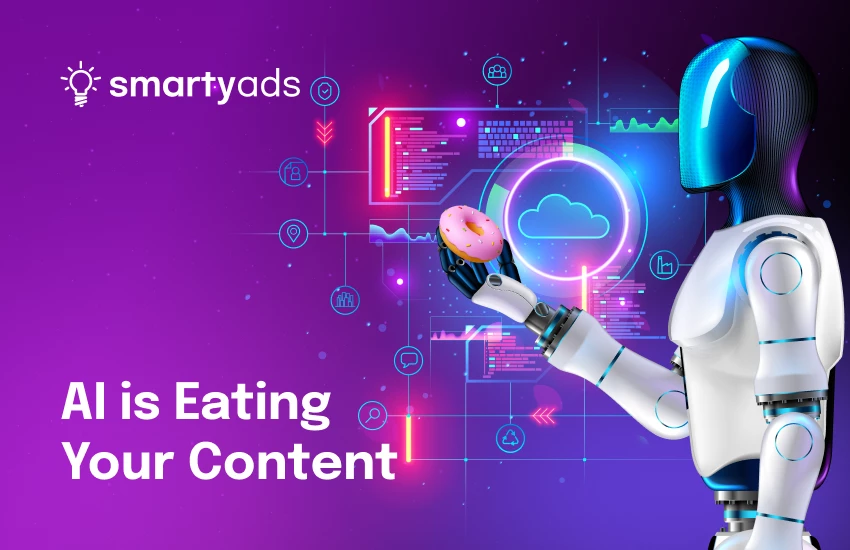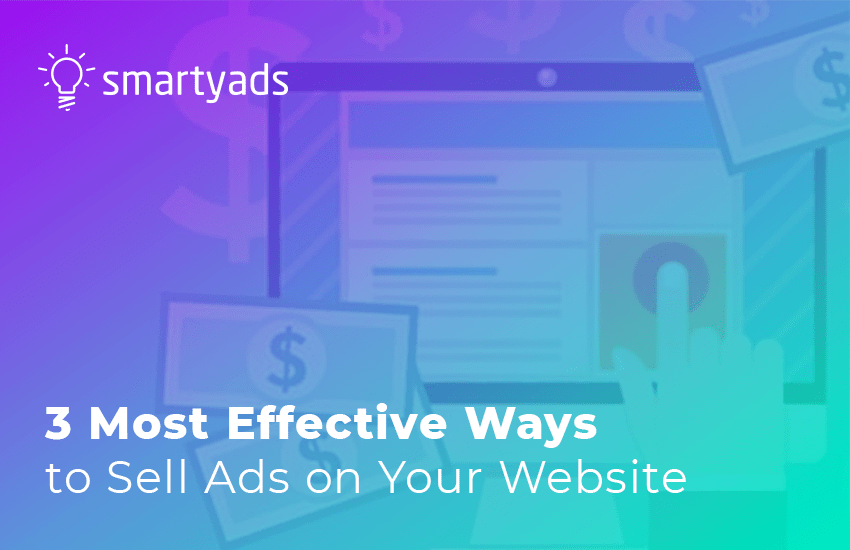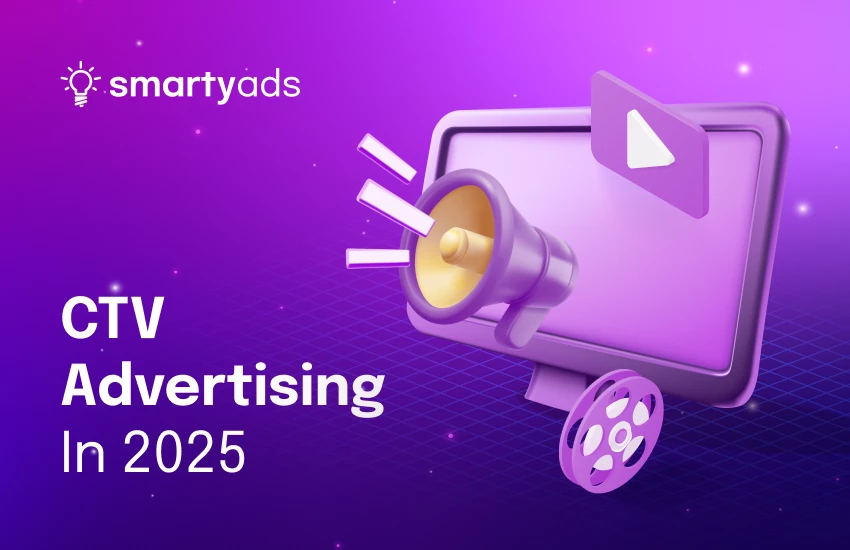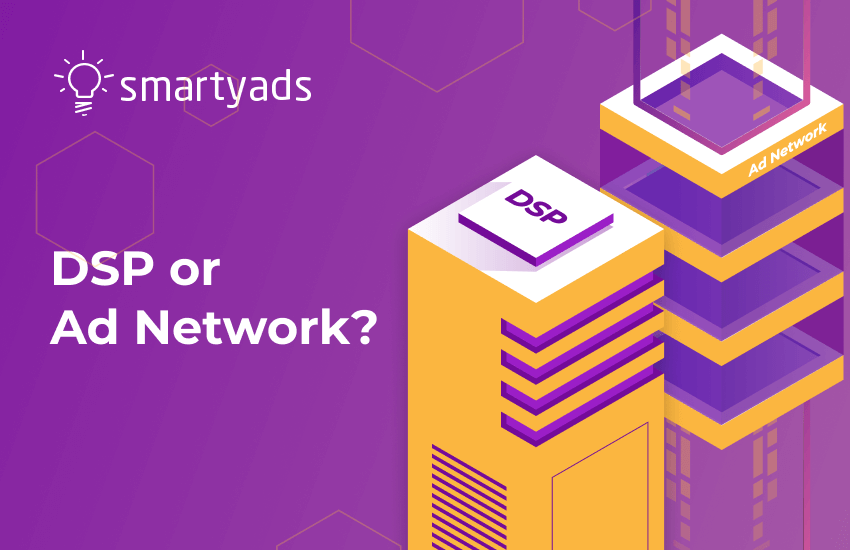The case for fighting back, smarter: insights from Cloudflare, Cannes, and beyond.
Cloudflare at Cannes: the existential threat is real
Let’s not sugarcoat it: AI is not just disrupting publishing — it’s gutting its revenue model.
At the Axios event in Cannes, Cloudflare CEO Matthew Prince gave it to publishers straight:
“People trust the AI more over the last six months, which means they’re not reading original content.”
The shift is seismic. Here’s the crawl-to-click ratio that publishers now face:
| Company | 6 months ago | Now |
| 6:1 | 18:1 | |
| OpenAI | 250:1 | 1,500:1 |
| Anthropic | 6,000:1 | 60,000:1 |
This isn’t content discovery — it’s a full-scale content harvest, with almost zero return.
As Prince bluntly put it:
“People aren’t following the footnotes.”
Which means: no click = no visit = no revenue.
And as users get answers from AI summaries, they’re skipping the journalism that actually created the answer.
The numbers don't lie — and they're getting worse
The data is in, and it's brutal. Traffic to the world's 500 most visited publishers has dropped 27% year on year since February last year, an average of 64 million visits per month, according to data collated by Similarweb.
But here's the kicker: AI Overviews are exploding across Google search. In January 2025, 6.49% of all queries triggered AI Overviews. By March 2025, that number jumped to 13.14% — a 100% increase in just two months, according to Semrush.
The targeting is surgical: 88.1% of queries that trigger AI Overviews are informational — exactly the content publishers depend on for traffic. Even more concerning, navigational queries triggering AI Overviews have doubled from 0.74% to 1.43% since January.
Which publishers are getting hit hardest? The high-trust, information-dense categories:
- Science (+22.27% share growth)
- Health (+20.33% share growth)
- People & Society (+18.83% share growth)
- Law & Government (+15.18% share growth)
The pattern is clear:
- More AI answers = fewer publisher clicks
- Google AI Overviews had generated more search impressions (up 49 percent), but click-throughs to the actual websites dropped 30 percent
- In 2023, 78% of respondents reported a decline in referral traffic compared to 2022, with 75% noting that this drop fell between 1% and 20% year over year.
The business model is cracking — loudly
If you're a publisher, you’ve already felt it:
- Search traffic down
- Referral traffic drying up
- CPMs under pressure
Why? Because readers are skipping the source and getting everything they need from AI interfaces.
Even when AI links to your article (and sometimes it doesn’t), users don’t click. They trust the bot more than the byline.
This shift pulls the rug out from under the ad-supported model publishers have relied on for two decades.
Bottom line: AI is winning attention. Publishers are losing monetizable eyeballs.
The legal front: publishers fight back in court
While Cloudflare builds technical defenses, publishers are taking the nuclear option: litigation.
The New York Times has taken legal action against OpenAI and Microsoft for using its articles without permission to train GPT large language models. In a complaint filed by the Times, they assert that OpenAI could be liable for billions of dollars in damages due to the unlawful copying of their archives.
But the Times isn't alone. A coalition of newspapers, including the New York Daily News and the Chicago Tribune, has also sued Microsoft and OpenAI in federal court in New York. They allege that these companies misappropriated journalists' work to develop their generative artificial intelligence systems.
What’s at stake? If OpenAI is found to have violated copyright, the consequences could be severe. They might have to scrap any large language model containing content from the New York Times and effectively rebuild it from the ground up.
But litigation is slow, expensive, and uncertain. Publishers need solutions now.
What’s being done — and what’s still missing
Cloudflare is firing the first shots in this fight:
- A new anti-scraping tool is in the works and rolling out “very, very soon.”
- It targets bots that ignore “no crawl” signals.
- And according to Prince, “every publisher you have ever heard of is on board.”
That’s promising. But let’s be honest — defense is not a monetization strategy. Stopping the bots is only half the battle. Getting paid is the other.
So far, only a few AI players like Perplexity and You.com have started sharing revenue. It’s a step forward, but:
- It’s not universal
- It’s not consistent
- It doesn’t scale with usage
You're contributing to building billion-dollar models — and most days, you’re not even getting lunch money.
The risk assessment: how bad could it get?
Industry experts are still calculating the damage. Raptive, a platform that helps independent creators monetize their websites through digital ads, initially projected that AI Overviews could lead to a 25% drop in site visits, potentially resulting in a loss of $2 billion in annual ad revenue for the industry.
But even conservative estimates are sobering. Before AI Overviews were broadly rolled out in May, there was speculation that publishers could see search traffic declines of as much as 60%, adding another existential threat to the growing pile of challenges facing the publishing industry.
The reality: 98% of survey respondents said that referral traffic has a moderate or very significant impact on their annual revenue. When that disappears, so does your business model.
The smart power move: monetize what you own
Here’s what AI can’t take away (yet):
- Your audience trust
- Your premium, brand-safe inventory
- Your context-rich environments
This is where you shift from defense to offense.
With a smart SSP, you can unlock new value in places AI can’t replicate:
✅ Rich Formats:
- CTV (Connected TV)
- DOOH (Digital Out-of-Home)
- Web & in-app interstitials
- High-impact display
✅ Smarter Targeting:
Use your behavioral and contextual data to offer something AI summaries never can — relevance in the right environment.
✅ Advertisers Want This:
Brands are wary of AI-made media clutter. They crave trust, context, and real users — everything premium publishers already have.
The next 12 months: what to expect
The legal battles will drag on. The ongoing legal battle could have significant repercussions for both the media and the artificial intelligence sectors. But publishers can't wait for courts to decide their fate.
Immediate priorities:
- Deploy anti-scraping tech (Cloudflare's tool, custom solutions)
- Diversify revenue streams beyond search-dependent ads
- Build direct relationships with your audience
- Negotiate proactively with AI platforms for fair compensation
Wrap-up: AI isn’t the end — it’s the pivot point
While AI scrapes your content, SmartyAds SSP ensures your ad inventory stays protected and profitable. Our programmatic platform is built for publishers who refuse to be passive victims of the AI revolution.
What makes us different:
- Bot-proof monetization through integrations with premium fraud detection partners like Pixalate, White Ops, and Integral Ad Science
- Premium demand from verified DSPs and direct advertiser relationships
- Advanced targeting that leverages your first-party data — something AI summaries can't replicate
- Real-time optimization that maximizes revenue per impression, not just volume
Publishers using SmartyAds focus on quality over quantity — exactly what you need when fighting the AI content war.
Want to turn AI disruption into a monetization opportunity? Let’s talk SSP.




